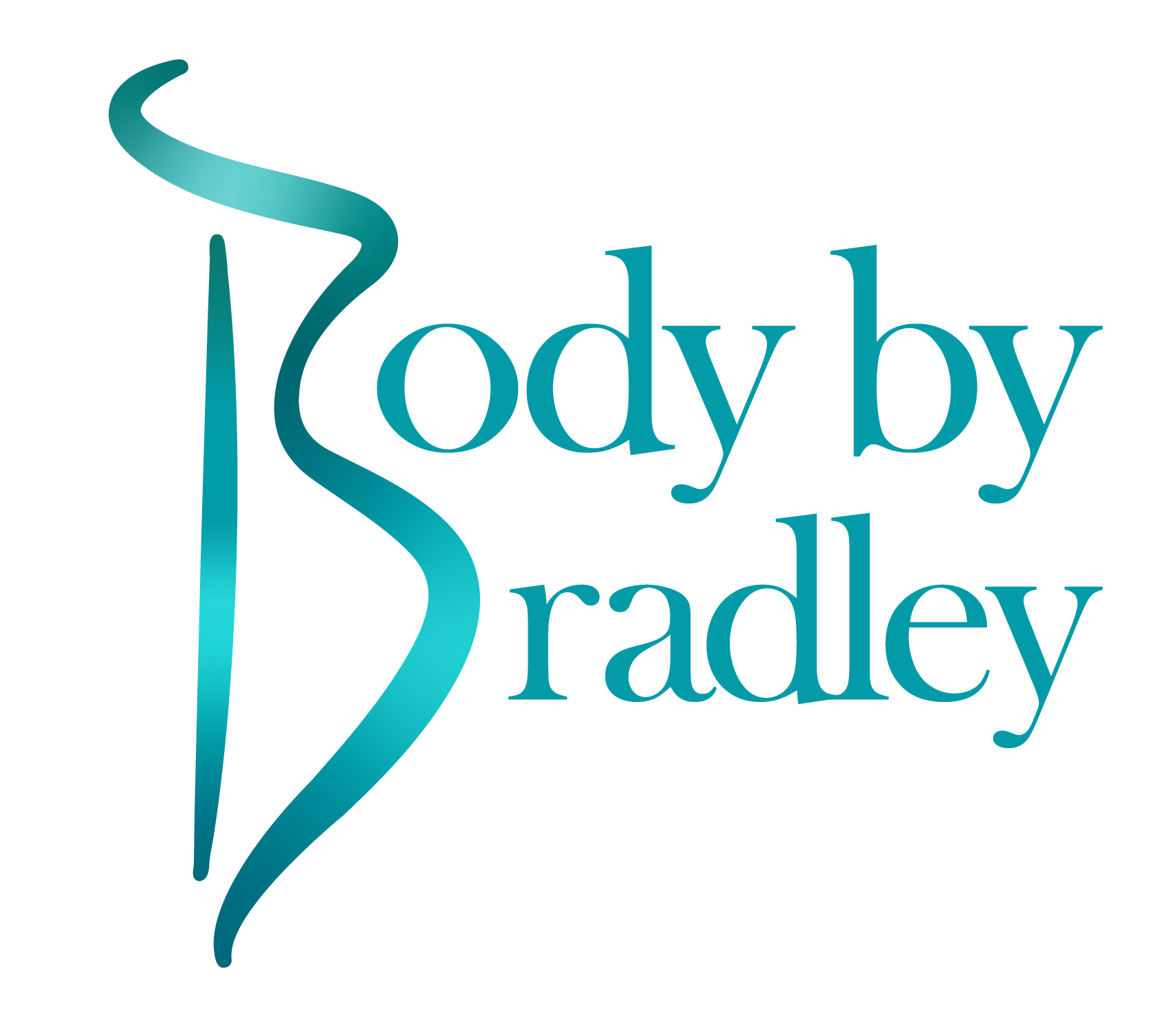I saw a patient today and she stated ” I would like a breast augmentation, but I don’t know if I need a breast lift” ( also known as mastopexy). This is a very common inquiry, especially among women who have had children.
The short answer as to whether breast augmentation alone is enough to enhance the size and shape of the breast without a mastopexy (breast lift) is to look at the position of the nipple relative to the inframammary fold ( the crease where the breast meets the chest wall under the breast). If the nipple is at least level to this crease then a properly chosen implant and a straightforward breast augmentation maybe all that is needed. There are two ways to determine this.
First, stand sideways to a mirror (without any clothing of course). The crease at the edge of the breast in front of the armpit is the lateral aspect of the inframammary crease. If the nipple is at least level to this crease or above it, then a breast augmentation alone may be suitable to achieve your goals regarding breast enhancement, and you may not require a breast lift (mastopexy). If the nipple is below this crease then a mastopexy ( breast lift) is needed.
The second way of determining the proper level of the nipple is to place a finger at the inframammary crease directly under the nipple on the under surface of the breast and transpose this spot to the front of the breast. (probably easier and more precise if an experienced surgeon makes this determination for you). Once again, if the nipple is at the level of the inframammary crease or above, then a breast augmentaion alone maybe all that is required.
Either way, it is the position of the nipple relative to the inframammary crease that determines whether or not a straightforward breast augmentation or an augmentation with a mastopexy (breast lit) is needed. What you need to avoid is the ill fated recommendation of a too large of an implant to address breast ptosis. In my experience, this occurs far too often by less than ethical cosmetic surgeons who place their financial interests before the long term health and happiness of their patients. An excessively large implant can provide the necessary “lift” to the breast in the short run, (and thereby avoid the mastopexy scarring immediately post operatively); but long term this can be a disaster. I know, I’ve taken care of plenty of patients from other practices where this very thing has occurred. These patients are not happy with their long term results, and it is a difficult (and expensive) situation to correct. Do not allow yourself to be talked into this approach if your physical characteristics make you a candidate for a mastopexy in addition to an augmentation. It is always easier to go to a little larger implant in the future than it is to correct the long term consequences of an overly large implant.
Sometimes a woman has what is termed “psuedo ptosis” or “involutional ptsosis” of the breast. These patients generally have had children and their breasts have lost volume from the upper portion of the breast. There is alot of lax skin and the upper portion of the breast has the classic “scooped out” appearance. In these instances, the patient may appear to need a mastopexy to the untrained eye. (But you have just been “trained” as to how to determine if a mastopexy is needed!). In this instance (as long as the nipple is at least at the level of the inframammary fold on physical examination), then a high profile implant may provide the necessary correction and give the patient a very natural and satisfactory enhancement without the extra scarring or financial expense of mastopexy surgery.
I actually performed this very same surgery yesterday. I was able to markedly enhance the size and shape of the breast without any additional scarring on the front of the breast utilizing what is known as “minimal scar” or “periarerolar” mastopexy technique. The incisional scar was limited to around the areolar (the pigmented skin around the nipple) for the breast lift (in addition to the scar within the inframammary fold to place the implant …yes, I could have placed the implant through the areolar incisional scar, but her areola was too small to allow for placement of the necessary implant. This is yet another detail that must be determined by your surgeon based on your unique physical characteristics. Once again, no one technique fits all patients!) At any rate, this patient was able to obtain not only the the upper breast fullness which she desired but she also was able to correct the breast ptosis with minimal additonal scarring. Not all patients are suitable candidates for this type of “minimal scar” mastopexy, but it is a very good technique for surgeons who are trained and experienced in its use.
The surgery to correct breast ptosis (and the amount of necessary incisional scarring) is very much dependent on the physical characteristics of each patient.
Once again, sometimes a properly chosen implant and a straight forward breast augmentation may be all that is required; other times a mastopexy must be performed in addition to the breast augmentation. It is impossible to make this determination over the telephone, so please be patient if Mary Ann can not give you all of the answers you hope for over the phone. The only way to know for sure is to have a consultation with a properly trained and highly experienced plastic surgeon. Hope this has been helpful, and thanks for your time. Tim Bradley, MD

